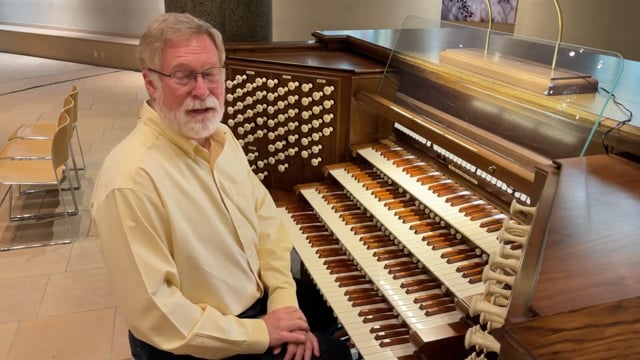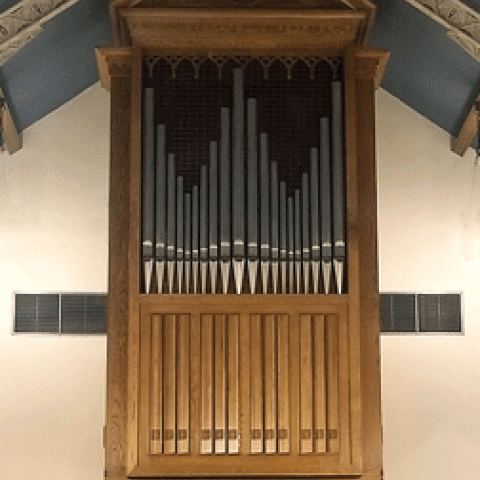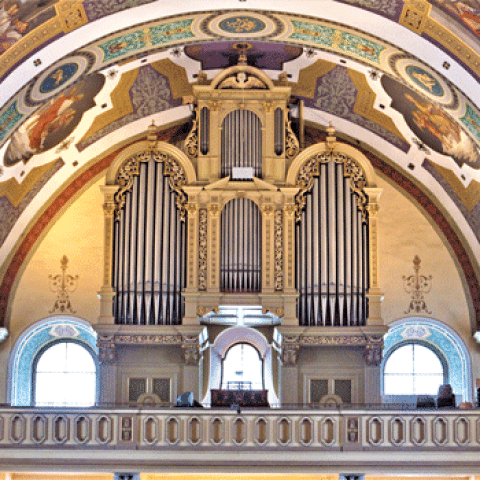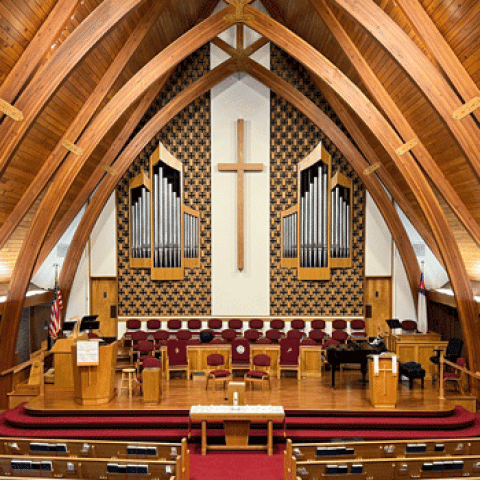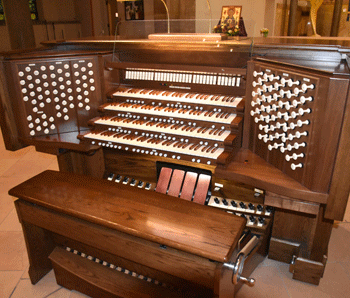
Emery Brothers has completed the new organ for the Philadelphia Episcopal Cathedral. The organ began as M. P. Möller Opus 6425, which was installed in Schwab Auditorium at Penn State University in State College, Pennsylvania, in 1936. Designed by Möller’s tonal director Richard Whitelegg, the organ’s thirty-three ranks include warm, bold diapasons, evocative flutes, colorful and varied strings, and four iconic reeds, all at eight-foot pitch: Trumpet, Oboe, Clarinet, and Vox Humana. After some years in storage, it was restored by Emery Brothers and reconfigured for its new location.
The new organ also includes stops from the 1903 Austin organ at Philadelphia Episcopal Cathedral, M. P. Möller Opus 6512 from 1937, and M. P. Möller Op. 9453 from 1960. The completed cathedral organ now comprises 53 ranks, 86 stops, and 3,606 pipes.
The organ was dedicated in an inaugural recital featuring Tyrone Whiting, Jeff Brillhart, and Clara Gerdes-Bartz on October 24, 2021. It is ≈: https://www.thediapason.com/content/cover-feature-emery-brothers
For information: www.emerybrothers.com
See also Adam Dieffenbach’s guided tour of the organ,
https://www.thediapason.com/videos/philadelphia-episcopal-cathedral-organ-tour
and Wesley Parrott’s demonstration of the instrument,
https://www.thediapason.com/videos/wesley-parrott-introduces-new-organ-philadelphia-episcopal-cathedral
Other recent organ builder news:
Dobson Opus 41 moved to Fort Wayne, IN


